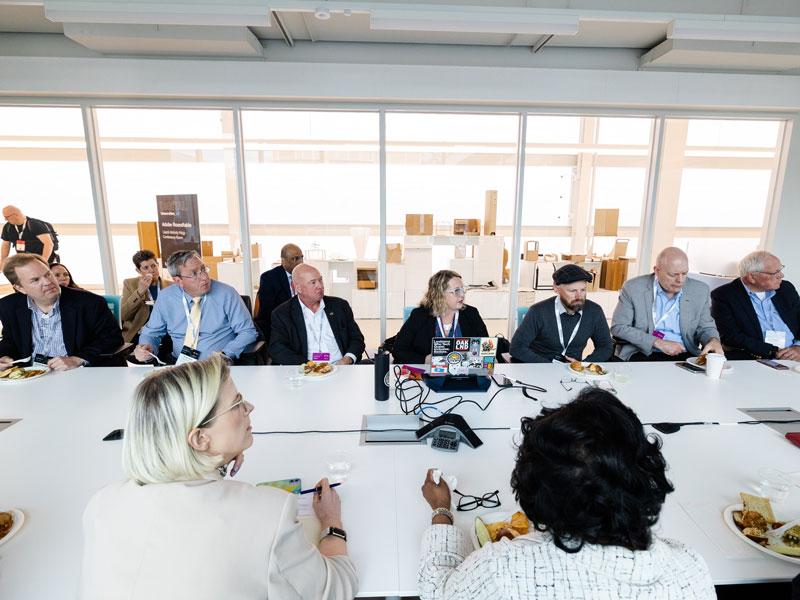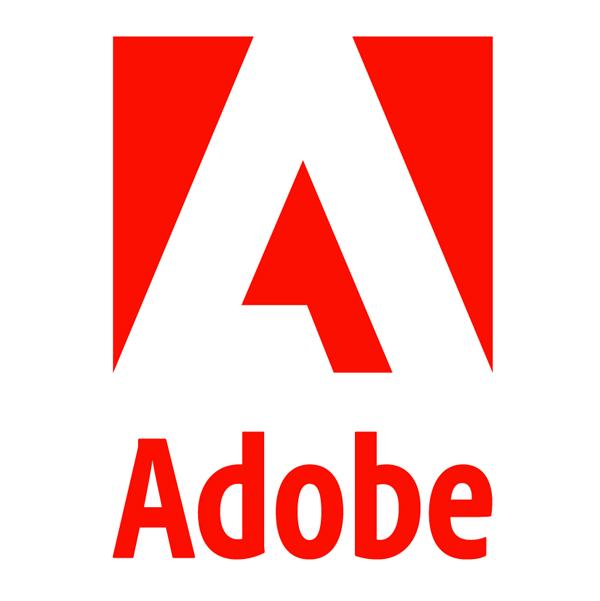
Industry connections and soft skills are key to producing employable students

Digital transformation is happening at warp speed, and higher education institutions struggle to know how to equip students for jobs that don’t exist yet. Introducing a round-table discussion on creating employable students at the Digital Universities US event, Courtney Miller from Adobe's strategic education team explained that “every student has a story to tell”, noting that creativity will be a rare constant in this fast-moving dilemma.
From a pedagogical perspective, “the most important thing we can do as educators is to give students the curiosity to learn”, said Stephen Harmon, executive director for the Center for 21st Century Universities at Georgia Institute of Technology. “Tools come and go very quickly, so we need to focus on outcomes.” A dangerous assumption is that students enter the workplace with extensive knowledge because they use social media; many won’t know how digital skills will apply to their chosen careers.
At the University of Arizona, there are “digital makerspaces” on campus where students can build their expertise in curriculum-relevant tools by learning from peers. “This takes the pressure off faculty and weaves technology and creativity into their work,” said Melody Buckner, associate vice-president for digital learning initiatives and online education at the university.
Working with industry partners can also bridge the gap between simply acquiring tool-specific knowledge and applying it at work. Raj Echambadi, president of the Illinois Institute of Technology, described how the institution has integrated industry credentials into its existing academic framework, listening to employers about future demand. “This has huge implications in terms of students’ employment, but more importantly it gives them confidence, which they need to succeed in a corporate environment,” he explained.
Community colleges have long-established relationships with local industry, said Janine Janosky, president of Richard J. Daley College. “We have around 100 engineers who take part in our advisory committee and they review our curriculum, our standards of learning and our outcomes,” she said. “The faculty still holds on to the curriculum, but they work to an up-to-the-minute standard of what employers are looking for and how our students can be successful.”
“We wrestled with anxiety about bringing in industry partners or industry-related content,” said Randall Fullington, assistant vice-provost and executive director of the University of Colorado Boulder, bringing up the wider point of engaging faculty in digital transformation. The university now works with a number of employers including IBM and Siemens on broad skill sets such as data science, he said.
Sylvia Jenkins, president of Moraine Valley Community College, added that the best strategy for getting faculty on board was to “start off by saying, ‘this is what we’re trying to accomplish, how can we do it together?’ Rather than, ‘this is what we’re going to do’.”
Institutions needed the support of faculty, deans and industry partners when embedding industry-focused microcredentials into the curriculum, said Tanya Joosten, director of digital learning research and development at the University of Wisconsin-Milwaukee. “We make sure we bring all these pieces together. The idea is to build lifelong learners, so we’re also increasing access to careers for those who may be affected by poverty,” she explained.
Further considerations include offering consistent assessment and the potential impact of generative artificial intelligence – both positive and negative. “This will force us to embrace innovation in our teaching,” concluded Ann Strickland, director of the Center for Teaching and Learning at Coastal Alabama Community College. “We all have to be futurists, not just one or two people at our institution.”
The panel:
- Elisha Allen, director of online strategy and academic technology, Office of the Provost and IT, University of New Mexico
- Jennifer Bohn, programme manager, University of Colorado Boulder
- Melody Buckner, associate vice-provost for digital learning initiatives and online education, University of Arizona
- Jacob Chandler, associate vice-provost for innovation, Sam Houston State University
- Lee Conerly, director of academic instruction, Coastal Alabama Community College
- Raj Echambadi, president, Illinois Institute of Technology
- Randall Fullington, assistant vice-provost and executive director, University of Colorado Boulder
- Stephen Harmon, executive director, Center for 21st Century Universities, Georgia Institute of Technology
- Bill Hart-Davidson, associate dean for research and graduate education, Michigan State University
- Janine Janosky, president, Richard J. Daley College
- Sylvia Jenkins, president, Moraine Valley Community College
- Tanya Joosten, director of digital learning research and development, University of Wisconsin-Milwaukee
- Susan Lewis, vice-provost of academic programmes, Western University
- Mark McBride, associate director, Ithaka S+R
- Daniel Murphy, director of online learning technologies, Northwestern University School of Professional Studies
- Kim Siegenthaler, associate vice-chancellor of academic strategy and operations, City University of New York
- Ann Strickland, director, Center for Teaching and Learning, Coastal Alabama Community College
Find out more about Adobe’s solutions for higher education

